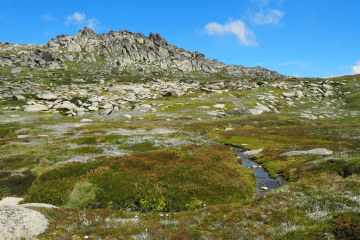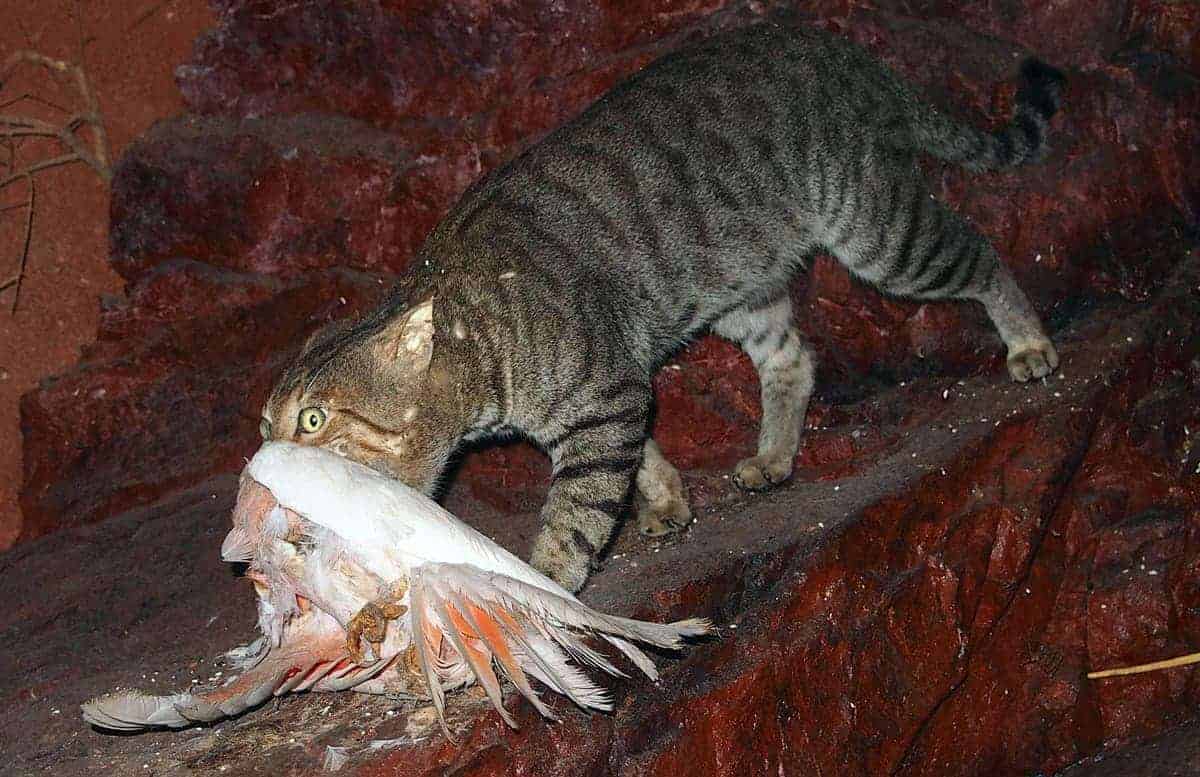The latest feral horse population count for Kosciuszko National Park was discussed in NSW Budget Estimates today, with figures suggesting numbers have dropped significantly.
Environment Minister Penny Sharpe told the parliamentary committee that preliminary figures were provided to her which showed ‘numbers are way down’ and ‘we are around the 3000 to 4000 mark’. She said the final figures will be released following peer review.
‘It’s fantastic to hear from Minister Sharpe that feral horse numbers in Kosciuszko National Park may be around 3000 to 4000. This is a dramatic reduction from the around 17,000 horses trashing and trampling the high country a couple of years ago,’ Invasive Species Council Interim CEO Jack Gough said.
‘It reflects the commitment of the Minns Government to back national parks staff who have been conducting aerial shooting operations professionally, safely and effectively.
‘The control program will clearly need to continue to reach the legal requirement of no more than 3,000 feral horses in 32% of the national park by June 2027. Natural population growth of feral horses is about 18% per year, meaning that the government will need to get below the 3,000 target in order to ensure they don’t overshoot it by 2027.
‘For the sake of our precious wildlife and sensitive alpine ecosystems we urge Minister Sharpe to err on the side of caution and use the upper limit of the population estimate so that there can be no doubt the population has not exceeded 3,000 in 2027.
‘Of course, it is shocking that former Nationals leader John Barilaro’s Wild Horse Heritage law is still in place. This appalling law requires one-third of Kosciuszko National Park to remain as a degraded horse paddock with 3000 feral horses still trashing, trampling and polluting the headwaters of the Murray, Murrumbidgee and Snowy rivers.
‘It’s time for all sides of politics to back the science, back our national parks staff and stand up for our wildlife by overturning this law protecting feral animals in a national park.
‘A recent parliamentary inquiry showed clearly there is broad support across the Liberals, Labor, Greens and independents for sensible action to urgently reduce the number of feral horses trashing and trampling Kosciuszko National Park.
‘For the first time in 2 decades, we are finally seeing our sensitive National Parks healing from the destruction of feral horses. The recent successful control programs in Barrington Tops and the Blue Mountains World Heritage areas are a testament to the commitment and leadership on this issue from the Minns Government.
‘No one likes to see animals killed, but the sad reality is that we have a choice to make between urgently reducing the numbers of feral horses or accepting the destruction of sensitive alpine rivers, and the decline and extinction of native animals and their homes.’
Media enquiries: (02) 8006 5004
Photos and other multimedia to accompany this story are available here.
Background:
- In NSW, feral horses are protected at the expense of native wildlife under the Kosciuszko Wild Horse Heritage Act 2018, which requires a ‘heritage herd’ of feral horses to be maintained in Kosciuszko National Park.
- The current management plan for feral horses, which was introduced by the former Liberal government, imposes a legal obligation on NSW National Parks to carry out control operations to reduce the feral horse population to 3,000 across 32% of Kosciuszko National Park by 2027.
- The Australian Senate inquiry report into the Impacts and management of feral horses in the Australian Alps was released in October 2023 and recommended that:
- Aerial shooting should be adopted for control of feral horses in NSW (adopted by the NSW government in October 2023).
- Habitat degradation, competition and disease transmission by feral horses should be listed as a Key Threatening Process under national environmental law (Agreed to in principle in federal government response).
- The federal government should provide additional funding to assist NSW and Victoria to control feral horses (Not yet agreed to by the Albanese Government).
- The Senate committee also found that it ‘is not currently possible for both the EPBC Act and the NSW Kosciuszko Wild Horse Heritage Act 2018 to be complied with’ and that ‘the committee considers that there may be an issue relating to the constitutional validity of the NSW Wild Horse Heritage Act to the extent it is inconsistent with the EPBC Act.’
- National Parks staff undertake feral horse control work professionally, humanely, and safely. This has been confirmed by two independent animal welfare reviews of NSW feral horse control operations which found that:
- Animal welfare outcomes are prioritised and are better than predicted, as confirmed by independent veterinary observations.
- There was no evidence of non-kill shots having been taken.
- Standard Operating Procedures are rigorously followed, and all personnel have welfare as a priority.
- Australia’s alpine plants and animals did not evolve with heavy, hard-hoofed feral horses. They are not native and cause enormous damage to sensitive habitat, degrading and polluting alpine streams and driving native species towards extinction.
- The federal government’s Threatened Species Scientific Committee have described feral horses as an ‘imminent threat’ to the Albanese government’s commitment to prevent new extinctions of plants and animals and stated that feral horses ‘may be the crucial factor that causes final extinction’ for 12 alpine species.
- The 2023 state election demonstrated that having a strong position on feral horse management in Kosciuszko was electorally popular. There were strong swings to candidates and parties that took firm positions on feral horse control, most notably in the seats of Wagga Wagga and Monaro.
- Trapping and rehoming of feral horses has been used in Kosciuszko National Park for well over a decade but has consistently failed to reduce the population, has delayed meaningful action and is expensive. There are too many feral horses in the Alps and not enough demand for rehoming for it to be relied upon for the reduction of the population.
- Fertility control as a management tool is only effective for a small, geographically isolated, and accessible population of feral horses where the management outcome sought is to maintain the population at its current size. It is not a viable option to reduce the large and growing feral horse population in the vast and rugged terrain of the Australian Alps.









